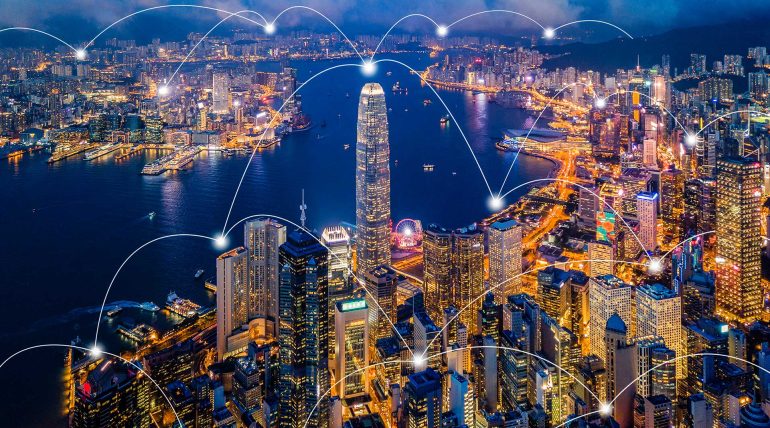
As urban populations continue to grow, the challenges of managing dense city environments become increasingly complex. From traffic congestion to energy consumption, waste management to public safety, the demands on city infrastructure and resources are immense. Enter the concept of Smart Cities – urban centers that leverage technology to enhance the quality of life, improve efficiency, and foster sustainability. At the heart of this transformation are two groundbreaking fields: Artificial Intelligence (AI) and Robotics.
AI: The Brain Behind Smart Cities
Artificial Intelligence serves as the central nervous system of a Smart City. It’s the technology that allows cities to collect, analyze, and interpret vast amounts of data in real-time. This data-driven approach enables:
- Predictive Maintenance: AI can predict when infrastructure, like roads or bridges, will need repairs, allowing for timely maintenance and reducing costs.
- Traffic Management: By analyzing traffic patterns, AI can optimize traffic lights and routes, reducing congestion and improving air quality.
- Energy Consumption: Smart grids, powered by AI, can optimize energy distribution based on demand, leading to more efficient energy use.
Robotics: The Hands and Feet of Smart Cities
While AI provides the intelligence, robotics translates that intelligence into action. Robots, drones, and automated systems are becoming an integral part of the urban landscape:
- Waste Management: Automated vehicles can collect waste, and sorting robots can segregate recyclables, ensuring efficient waste management.
- Public Safety: Drones can monitor public spaces, aiding in crowd management and ensuring safety during large events or gatherings.
- Infrastructure Maintenance: Robots can perform tasks like cleaning public spaces, maintaining parks, or even repairing infrastructure.
The Symbiotic Relationship
The true potential of Smart Cities is realized when AI and robotics work in tandem. For instance, AI-driven surveillance systems can detect a public safety concern, and robotic units can be dispatched to address the issue. Similarly, AI can predict a spike in energy demand in a particular district, and robotic systems can adjust energy distribution or even deploy mobile charging units.
Challenges and Considerations
While the benefits are immense, the integration of AI and robotics in urban environments is not without challenges. Concerns about privacy, job displacement due to automation, and the ethical implications of AI decisions need to be addressed. It’s crucial for city planners, technologists, and policymakers to collaborate, ensuring that the evolution of Smart Cities is both responsible and inclusive.
Looking Ahead
The future of urban living is undeniably intertwined with the advancements in AI and robotics. As technology continues to evolve, so will our cities, becoming more responsive, more efficient, and more attuned to the needs of their inhabitants. At Synaptik, we’re excited to be part of this journey, pioneering solutions that will shape the urban landscapes of tomorrow.









